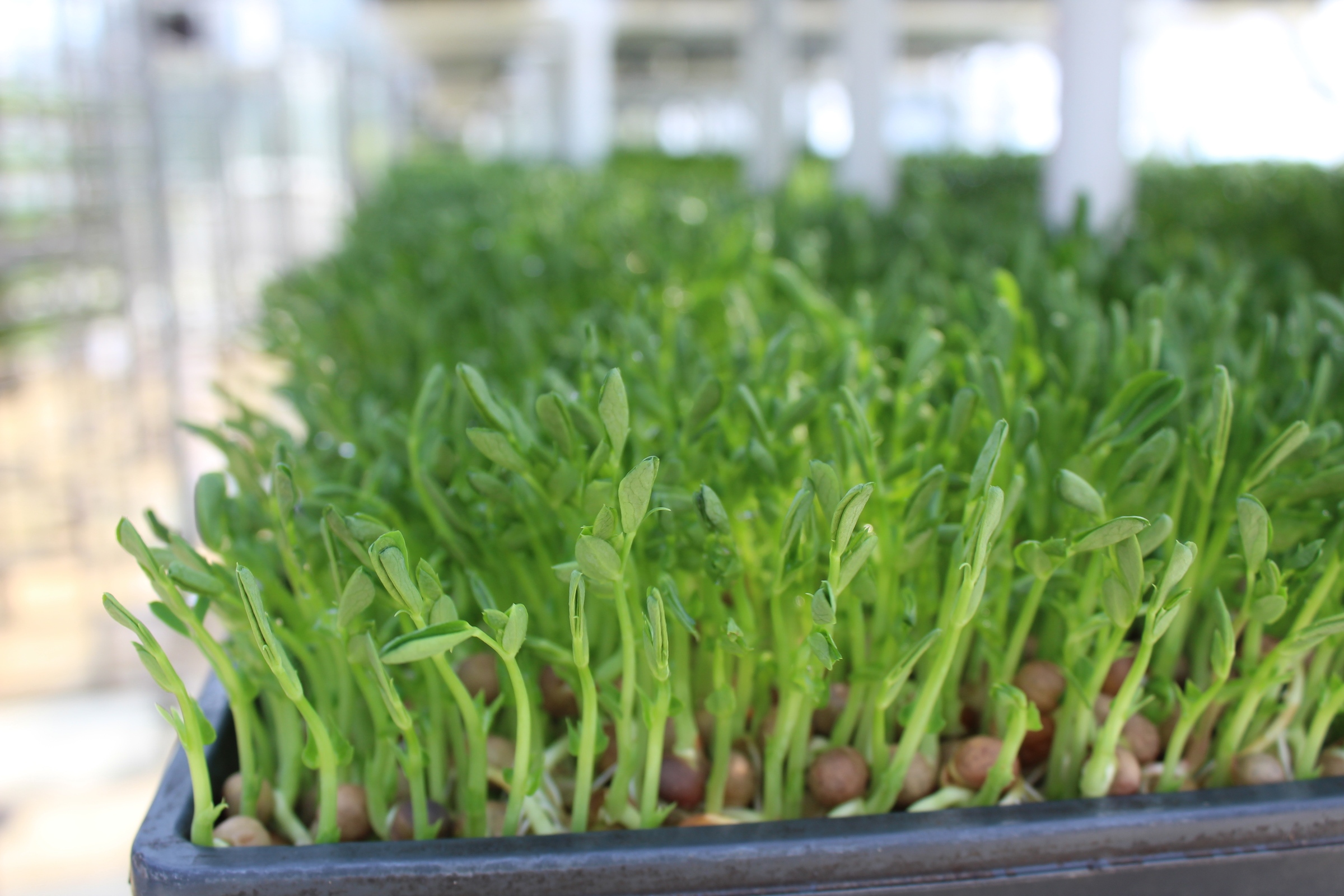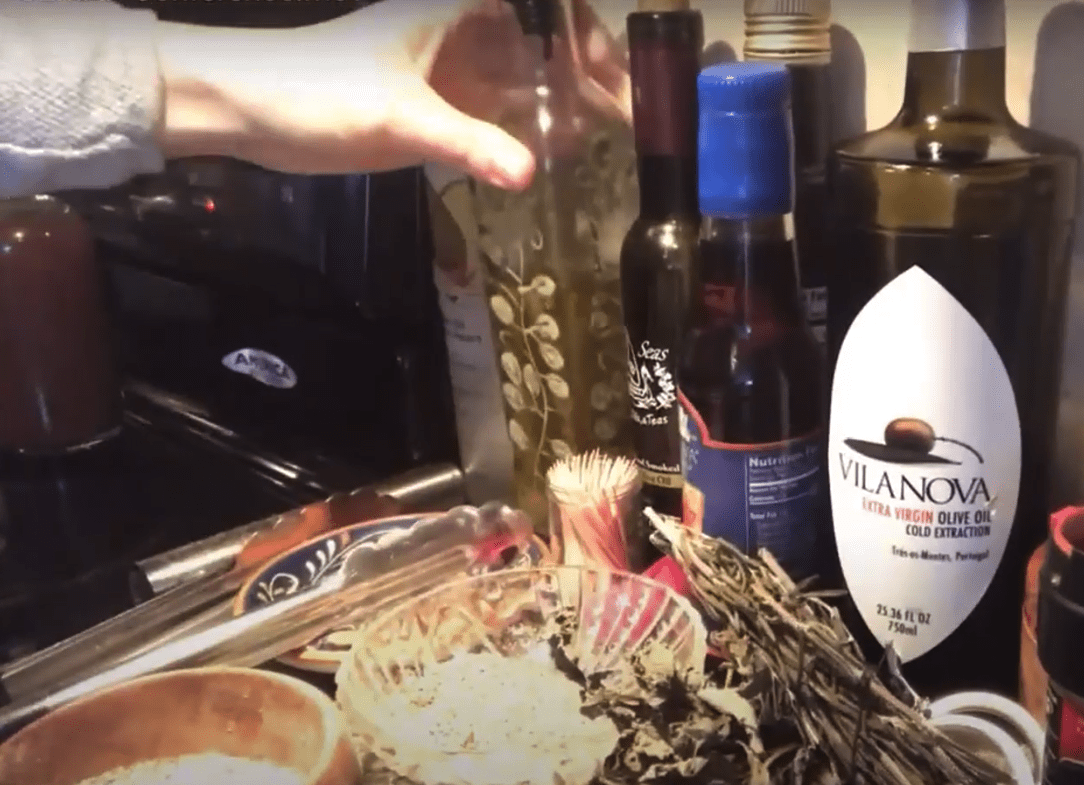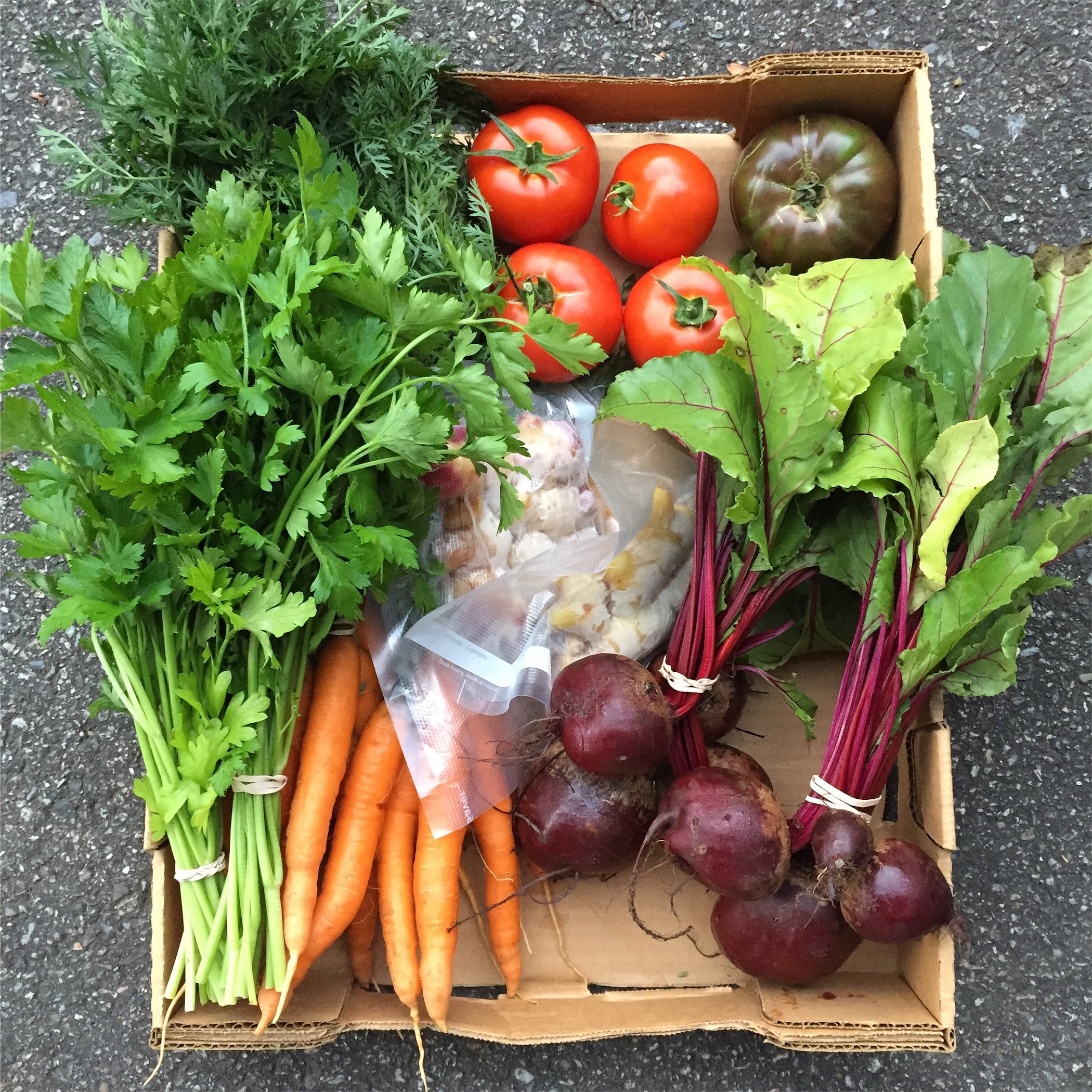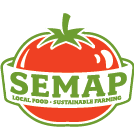Haley Pollock embodies the term “homegrown.” Spending her childhood baking bread at her grandmother’s kitchen counter and working on a New England farm, she became a professional chef and food entrepreneur as an adult. Her love of local food and her commitment to health combine in The Holistic Trick, her meal preparation and nutrition education business.

Haley recently led a workshop, “Cooking Nutritious Meals with Local Food,” at our 2021 Agriculture & Food Conference. Walking through a sample recipe, she shared creative tips and facts about cooking at home with local ingredients. If you’re looking to cook more items from farmers markets and CSAs in Southeastern Massachusetts but aren’t sure what dishes to make, read on for 7 tips on cooking chef-quality, locally-sourced, nutritious meals.
1. Learn flavor pairings.
If you’ve just gotten a new fruit or vegetable at the farmers market but aren’t sure what to make with it, learn different flavor pairings. Many combinations taste great together that you may not have guessed! Once you know what flavors work best together, you can get more creative and improvise new dishes with new ingredients. For example, you can find celeriac at a farm or farmers market in Southeastern Massachusetts. Celeriac pairs well with thyme, potatoes, chard, and more.
Haley recommends The Flavor Bible, a one-stop resource for flavor pairing lists and suggestions. You don’t need a book, though – simply Google flavor combinations for whatever item you want to cook.

2. Use your intuition with local food.
“You can’t make too many mistakes with cooking,” says Haley. If you think two foods that you haven’t combined before might taste good together, trust your gut and try it out! Even if it doesn’t turn out like you hoped, you can learn from the experience. You’ll never know what something tastes like until you try. You also don’t need to strictly follow recipes every time you cook—learn how to cook individual foods, and you can mix and match them.
Conversely, follow your intuition when you think something isn’t going right. If you’re cooking something on high heat and it’s turning black or smelling bad, turn the heat down. Don’t be afraid to make adjustments to a dish, even if the recipe doesn’t mention them.

3. Try cast-iron cooking tools.
If you spend a lot of time in the kitchen, consider investing in high-quality cookware to make the experience more enjoyable and professional. Cast-iron skillets, pans, and other tools are a great place to start—they hold heat efficiently and last for generations. Haley suggests asking family members if they have any hand-me-down cast-iron cooking equipment.

4. Freeze food properly.
Few people have the time to cook high-quality dishes for breakfast, lunch and dinner each day—and that’s okay! Freezing your pre-made meals is a great way to stretch your foods’ shelf life and make healthy eating easy. Haley has a few tips to make sure your frozen meals taste just as good as when they were fresh off the stove:
- Try to add some type of fat or oil to food that you want to freeze. This will reduce ice crystals from forming. For example, add a dash of olive oil to your cooked vegetables before you put them in the freezer.
- Dairy like sour cream or yogurt tends to get grainy and separate when frozen.
- Try not to overcook food you plan on freezing—re-heating cooks it further. Cooking until food is al dente, or still has a snap when bitten, is a good time to take it off the heat.
- Make sure your dishes fully cool before you cover and freeze them. This helps avoid steam damage to your fridge, prevents ice crystallization, helps extend shelf-life, and improves quality. Haley recommends putting your hot-off-the-stove food in an open container at room temperature for about 15-30 minutes, then finish cooling it in the fridge uncovered to 40 degrees F before covering it and storing it in the freezer.
5. Use the right oils.
Oil is a staple ingredient in many kitchens, but not all are created equal. Reach for minimally processed oils wherever possible—there are lots of exciting ones that you may not have known about, from algae oil to avocado oil. Some have very distinctive flavors, like sesame oil, while most others are more subtle.
Be aware of the smoke point for whatever oil you choose—this is the highest temperature it can reach before smoking and burning, which can be bad for your health. If you’re cooking something over high heat, avoid unrefined oils like extra virgin olive oil, and opt for higher smoke point oils like avocado or non-virgin olive oil.
Buy oils from single-source regions, versus a bottle displaying many different countries on its label. You may have to scan the back of the bottle for this info. Single-source oils are often of higher quality, less refined, and can trace back to one facility, versus a “mixture of oils” exported and imported under varying regulations.
Find local businesses selling high-quality oils in our Local Food Guide’s Value Added Producers section.

6. Don’t be afraid of high heat.
Cooking with high heat can be intimidating, but with proper precautions it makes all the difference for your meals. If you want a nice crust on meat you’re cooking, put it in a skillet that’s hot enough to sizzle as soon as you place it there. Mushrooms and other vegetables can taste delicious when cooked over high heat for a short time.

7. Know the nutritional value of your local food.
Locally-grown foods are usually extra high in vitamins, minerals, and other nutrients. Awareness of the nutritional makeup of each item you’re cooking with can help you boost your health.
Different vegetables have a wide variety of nutritional benefits. Since she was cooking a mushroom dish, Haley mentioned that mushrooms are high in a chemical called glutamine. Glutamine protects the organs inside your digestive system from harmful bacteria and viruses. Swiss chard, as another example, is high in fiber. Fiber supports helpful bacteria in your digestive system (called probiotic bacteria) that promote immunity and digestion.

Clever cooking tricks can help you maximize the nutrition of your local ingredients. For example, steaming your vegetables like mustard greens or kale makes them easier to digest and can lower your risk of cardiovascular disease.
To watch Haley’s presentation, plus recordings of all other Ag & Food sessions, learning materials, and networking tools, sign up for post-conference access here.
